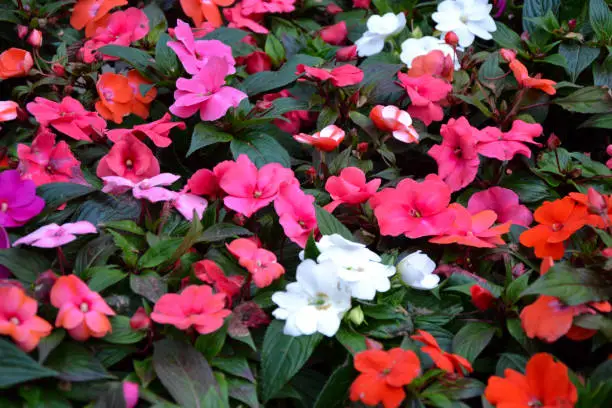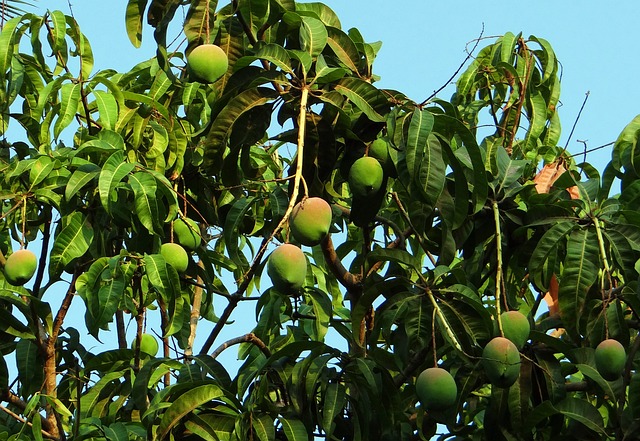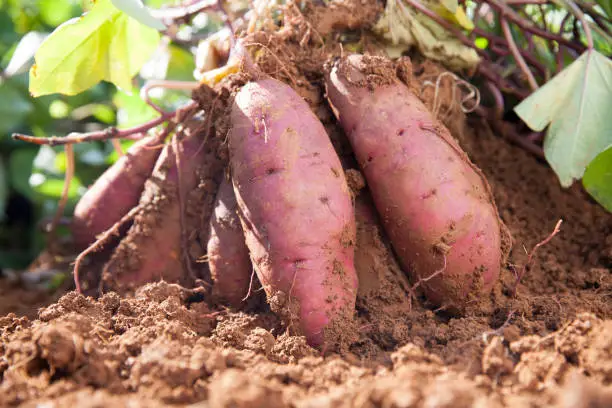How to Grow Hawthorn Cuttings? 4 Best pruning techniques
The art of nurturing Hawthorn cuttings, those mystical botanical entities known by the scientific moniker, Crataegus. These resilient species often discovered gracing the landscapes of Europe, North America, and Asia, are your key to unlocking the secrets of a timeless garden tradition.
Brace yourself, as we delve into the hallowed ground where science meets the magic of propagation, and the mystique of the Hawthorn awaits your green-thumbed embrace.
The blossoms, in particular, are a visual spectacle, typically showcasing a delicate white or pink hue, with clusters of petite, five-petaled flowers that dance gracefully in the spring breeze.
How to Grow Hawthorn Cuttings?
Growing Hawthorn cuttings in the summer is a fantastic way to propagate these beautiful plants. Here’s a step-by-step guide to help you do just that:
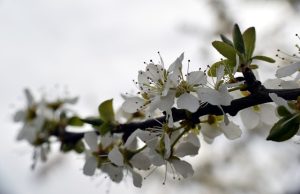
Gather Your Supplies:
To start, you’ll need sharp pruning shears, rooting hormone powder, small pots or trays, well-draining potting mix, and a misting bottle.
Select Healthy Cuttings:
Choose healthy, disease-free Hawthorn branches. Cut 6 to 8-inch sections of young, green stems with a few leaves on them. Make the cuts just below a leaf node.
Prepare the Cuttings:
Remove the leaves from the lower half of each cutting. Dip the cut end in rooting hormone to encourage root development.
Plant the Cuttings:
Fill your pots or trays with a well-draining potting mix. Insert the cut end of each Hawthorn cutting into the soil, burying it about halfway.
Provide Adequate Water:
Water the cuttings thoroughly, ensuring the soil remains consistently moist but not waterlogged. Mist the cuttings regularly to maintain humidity.
Create a Mini Greenhouse:
Cover the pots or trays with a plastic bag or a clear plastic dome to create a mini greenhouse effect. This helps maintain humidity and provides a stable environment for rooting.
Choose a Sunny Location:
Place the cuttings in a location with indirect sunlight. Avoid harsh, direct sun, as this can dry out the cuttings.
Monitor and Patience:
Check the cuttings regularly for signs of root growth. This may take several weeks to a few months. Once you see roots developing, you can transplant them into larger pots or directly into your garden.
Transplanting:
When the roots are well-established and the cuttings have grown into young plants, transplant them into a sunny garden spot with well-drained soil.
Caring for Young Plants:
Water the young Hawthorn plants regularly during their first year to help them establish. Prune as needed to encourage bushier growth.
As the seasons evolve, these blossoms give way to vibrant red berries, creating a stunning contrast against the dark green, lobed leaves of the Hawthorn.
By following these steps, you can successfully grow Hawthorn cuttings in the summer, ensuring a new generation of these charming and colourful shrubs graces your garden in the seasons to come.
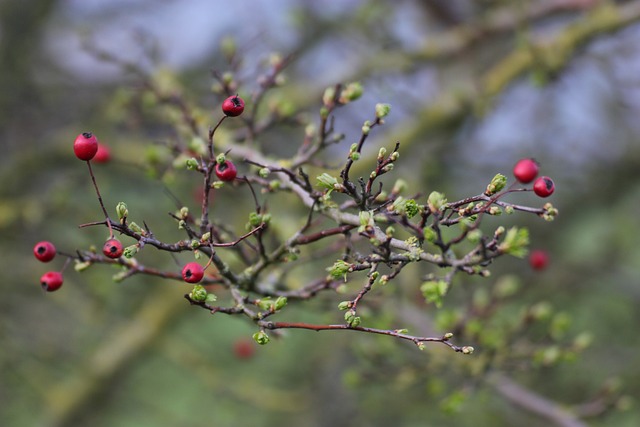
4 Best Pruning Techniques:
Thinning:
Remove excess branches and crowded growth to allow sunlight and air to reach all parts of the plant.
Heading Back:
Cut back the tips of branches to encourage bushier growth.
Pinching:
For young plants, you can pinch the tips of new growth to encourage branching.
Training:
To train Hawthorn into a tree shape, choose a central leader (main vertical stem) and prune away competing leaders.
For a more natural shrub form, thin out crossing branches and shape as needed.
Diseases and management:
Hawthorn plants are susceptible to various diseases, but with proper care and early intervention, you can manage and treat many of these issues. Here are some common Hawthorn diseases and their treatments:
Fire Blight:
Symptoms: Blackened, wilted branches and leaves.
Treatment: Prune and destroy infected branches at least 12 inches below the affected area—Disinfect pruning tools between cuts. Copper-based fungicides can also help prevent the disease.
Rust Diseases:
Symptoms: Orange or brown spots on leaves.
Treatment: Apply fungicides when symptoms first appear. Ensure good air circulation around the plant.
Leaf Spot Diseases:
Symptoms: Dark spots on leaves.
Treatment: Remove and destroy affected leaves. Fungicides may be necessary if the problem persists.
Preventive measures, such as proper planting, pruning, and sanitation practices, play a crucial role in disease management. Choosing disease-resistant cultivars is another effective strategy to reduce the risk of infections.
If you’re uncertain about the specific disease affecting your Hawthorn or the appropriate treatment, consider consulting with a local horticulturist or arborist for expert guidance.
Fertilisation
Type of Fertilizer:
Use a balanced, slow-release fertilizer with a formula like 10-10-10 or 14-14-14. These numbers represent the percentage of nitrogen, phosphorus, and potassium in the fertilizer. A balanced fertilizer provides essential nutrients without encouraging excessive foliage growth at the expense of flowers and fruit.
Timing:
Fertilize Hawthorns in the early spring, just before new growth begins. This provides the plant with the nutrients it needs for the upcoming growing season.
Soil Test:
Consider conducting a soil test to determine the specific nutrient needs of your Hawthorn. Soil tests provide valuable information about nutrient deficiencies or excesses.
Fertiliser pH:
Ensure that the pH of the soil is suitable for Hawthorns. They typically prefer slightly acidic to neutral soil. If your soil is too acidic or alkaline, adjust it accordingly.
Balanced Nutrition:
While nitrogen is important for foliage growth, phosphorus and potassium are crucial for flowering and fruiting. A balanced fertilizer ensures the plant receives a mix of these nutrients.
Remember that every garden is unique, so it’s beneficial to tailor your fertilization routine to the specific needs of your Hawthorn and the condition of your soil. If you’re uncertain about the best approach, consider a soil test or consult with a local horticulturist for personalized guidance.
Frequently asked questions
What is the best way to propagate Hawthorn?
The most successful way to propagate Hawthorn is through hardwood cuttings taken in late winter or early spring. These cuttings can be rooted to create new plants.
When can you take Hawthorn cuttings?
Hawthorn cuttings are best taken during the dormant season, typically in late winter or early spring. This is when the plant is not actively growing.
Is Hawthorn deep-rooted?
Hawthorn plants have a shallow root system, spreading out rather than growing deep. This makes them well-suited to a variety of soil types.
How do you propagate Hawthorn seeds?
Hawthorn seeds can be propagated by collecting ripe berries in the fall, extracting the seeds, and planting them in the fall or spring. Cold stratification may be necessary to break seed dormancy.
Can I grow Hawthorn from seed?
Yes, Hawthorn can be grown from seeds, but it may take longer to establish compared to propagation through cuttings.
What seasons does Hawthorn grow?
Hawthorn is a deciduous plant and typically starts growing in the spring and continues throughout the summer. It goes dormant in the winter.
What season do Hawthorn berries grow?
Hawthorn berries typically start to form in the summer and become fully ripe and colourful in the fall.
Can you eat Hawthorn leaves?
While Hawthorn berries are often used in culinary applications, the leaves are not typically consumed due to their bitter taste.
What are the medicinal uses of Hawthorn?
Hawthorn has a long history of use in traditional medicine. It’s often used to support heart health, manage blood pressure, and improve cardiovascular function. Consult with a healthcare professional for specific medicinal uses.
What part of Hawthorn is used?
The most commonly used parts of the Hawthorn plant for medicinal and culinary purposes are the berries, flowers, and sometimes leaves. These parts are used in various forms, including teas, tinctures, and extracts.
Conclusion:
Taking Hawthorn cuttings is a rewarding venture that offers an opportunity to propagate and nurture these beautiful plants with ease. We have uncovered the art of selecting the right stems, providing the perfect environment for rooting, and mastering the delicate balance of patience and care.
Whether you’re a dedicated gardener or simply an admirer of these remarkable species, learning to propagate Hawthorn is an enchanting journey that bridges science and the beauty of nature.
With the insights and techniques shared here, you are well-equipped to embark on this horticultural adventure, fostering a new generation of Hawthorns that will grace your landscape for years to come.
So, with your cuttings in hand and a green thumb at the ready, go forth and multiply the magic of the Hawthorn in your garden, connecting with the timeless rhythms of the natural world.

